As an inventor, receiving a rejection from the United States Patent and Trademark Office (USPTO) can be disheartening. However, it’s essential to understand that it’s not uncommon. In fact, many patent applications face initial rejections. But fear not! Receiving an office action doesn’t mean your invention is doomed. It’s simply a part of the patent application process. Here’s what you need to know and what your attorney will do to prepare a thorough response:
Understanding the Rejection:
First and foremost, it’s crucial to understand why the USPTO rejected your application. The rejection might be due to various reasons, such as:
- Prior Art: The examiner might have found prior patents, publications, or other documents that describe a similar invention.
- Patentability Requirements: Your invention may not meet the requirements for patentability, such as novelty, non-obviousness, or usefulness.
- Formalities: Sometimes, rejections occur due to procedural or formal issues within the application.
What Your Attorney Will Do:
1. Detailed Analysis:
Your attorney will conduct a comprehensive review of the rejection and the examiner’s arguments. This involves a careful examination of the prior art cited by the examiner and an assessment of how your invention differs from what has already been patented or published.
2. Response Strategy:
Based on the analysis, your attorney will devise a response strategy. This may involve amending the claims, providing additional evidence or arguments to demonstrate the novelty or non-obviousness of your invention, or addressing any formalities that need correction.
3. Clear Communication:
Your attorney will communicate with you transparently throughout the process. They will explain the reasons for the rejection in simple terms and outline the steps they plan to take to overcome it. This ensures that you are informed and involved in the decision-making process.
4. Thorough Documentation:
To support the response, your attorney will gather all necessary documentation, including legal arguments, technical explanations, and any supplementary materials that strengthen the patentability of your invention. This might include expert opinions, experimental data, or additional drawings.
5. Timely Submission:
Time is of the essence when responding to a rejection. Your attorney will ensure that the response is submitted within the specified deadline to avoid any unnecessary delays in the patent application process.
Setting Expectations:
It’s important to manage your expectations throughout this process. While overcoming a rejection is possible, it may require multiple rounds of back-and-forth with the USPTO. Patience is key. Remember, obtaining a patent is a marathon, not a sprint.
Your attorney will work tirelessly to advocate for your invention and maximize its chances of success. However, it’s essential to be prepared for the possibility of further rejections and the need for additional amendments or arguments.
Conclusion:
Receiving a rejection from the USPTO is a common hurdle in the patent application journey. However, with the right approach and the guidance of a skilled attorney, you can navigate through it successfully. By understanding the reasons for the rejection, collaborating closely with your attorney, and maintaining realistic expectations, you can increase the likelihood of securing a valuable patent for your invention.
Remember, setbacks are just stepping stones on the path to innovation. Stay determined, stay informed, and keep moving forward.

